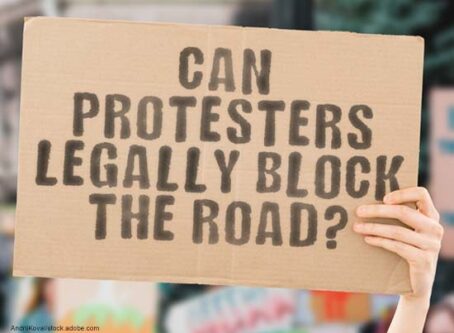CARB to provide $28M in zero-emission trucks incentive program
As California’s emissions standards tighten, the California Air Resources Board has expanded its incentive program to encourage motor carriers to transition to zero-emission trucks.
On Dec. 14, CARB approved of $28 million in Air Quality Improvement Program funding. The money will go toward two incentive programs in the California: the Hybrid and Zero-Emission Truck and Bus Voucher Incentive Project and the Clean Cars 4 All program.
The new injection of funding will allow new applicants for HVIP. The program has been on hold since November 2019, according to CARB. HVIP provides point-of-sale price reductions on zero-emission trucks and buses. As of publication, HVIP has provided vouchers for fleets to purchase more than 7,500 zero-emission and other clean trucks and buses.
More than two dozen manufacturers offer vehicles through HVIP. Truck options include:
- Freightliner eCascadia ($150,000 incentive) and Cascadia with a Cummins-Westport low-NOx CNG engine ($45,000 incentive).
- Freightliner eM2 electric truck ($90,000 to $95,000 incentive).
- Lion Truck LION8 Class 8 truck ($150,000 incentive).
- Peterbilt Model 579 with Cummins-Westport ISX12N engine ($45,000 incentive).
- Volvo VNR electric truck ($150,000 incentive).
All of the trucks are daycab versions only. Most of the trucks listed by CARB are medium-duty vehicles. Zero-emission applications for long-haul trucking are not available yet. Most electric trucks have a limited range of just a few hundred miles. For example, the Volvo VNR Electric has a range up to 150 miles. Charging takes about 70 minutes for 80% recharge. The Freightliner eCascadia has a range of 250 miles and can charge 80% in 90 minutes.
For more information about HVIP and eligible trucks, go to CaliforniaHVIP.org.
Vouchers have been given mostly to fleets operating in certain areas.
According to CARB, more than two-thirds of trucks purchased through HVIP are operating in disadvantaged and low-income communities.
California has been busy tightening emissions regulations in the state this year. In June, CARB passed the Advanced Clean Trucks regulation. According to the regulation, manufacturers that certify Class 2b-8 chassis or complete vehicles with combustion engines will be required to sell zero-emission trucks as an increasing percentage of their annual California sales from 2024 to 2035. By 2035, 75% of Class 4-8 straight truck sales and 40% of truck tractor sales must derive from zero-emission truck/chassis sales.
In September, Gov. Gavin Newsom signed an executive order that addresses emissions standards in passenger and commercial vehicles. The executive order expands on the CARB regulation. Whereas the Advanced Clean Trucks requires 40-75% of sales include zero-emission vehicles by 2035, depending on truck type, Newsom’s order moves that up to 100% of sales by 2045. The executive order will also require 100% of sales of new passenger vehicles in California to be zero-emission by 2035.
The new zero-emission standard applies only to operations where feasible. However, the standard applies to all drayage trucks by 2035. Consistent with Newsom’s order, CARB’s recent incentive funding emphasizes immediate support for zero-emission short-haul (drayage) trucks, as well as Board direction to develop new and innovative programs for owner-operators and small fleets. LL









